Gardening in small spaces or with limited resources doesn’t mean you have to sacrifice your love for fresh, homegrown vegetables. Repurposing plastic bottles as containers for growing peppers is an innovative and sustainable solution that can bring the joy of gardening to anyone.
In this guide, we will explore all the steps to grow peppers successfully and effortlessly in plastic bottles, promising you to have spicy and crunchy peppers at your fingertips.
1. Repurposing Plastic Bottles
Repurposing plastic bottles for gardening is not just eco-friendly but also a fantastic way to utilize readily available materials. To begin, select plastic bottles, preferably two-liter soda bottles or larger. Thoroughly clean and disinfect them by rinsing with a diluted bleach solution and then rinsing again with clean water.
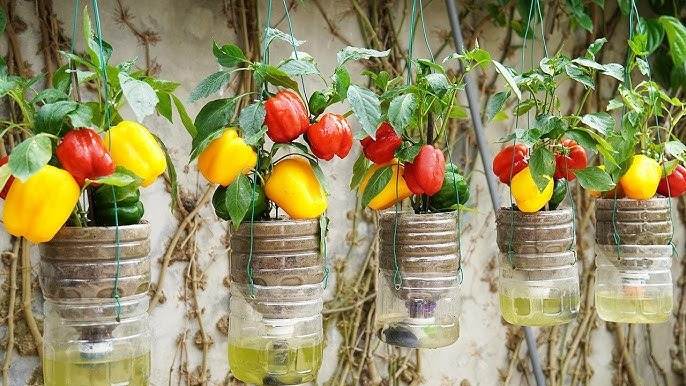
Once dry, carefully cut the top section of the bottle off, leaving you with the bottom portion to be used as a planter. Make small drainage holes at the base to prevent waterlogging. The bottle caps can be used as mini saucers for your new planters, so don’t toss them.
2. Choosing Types Of Peppers
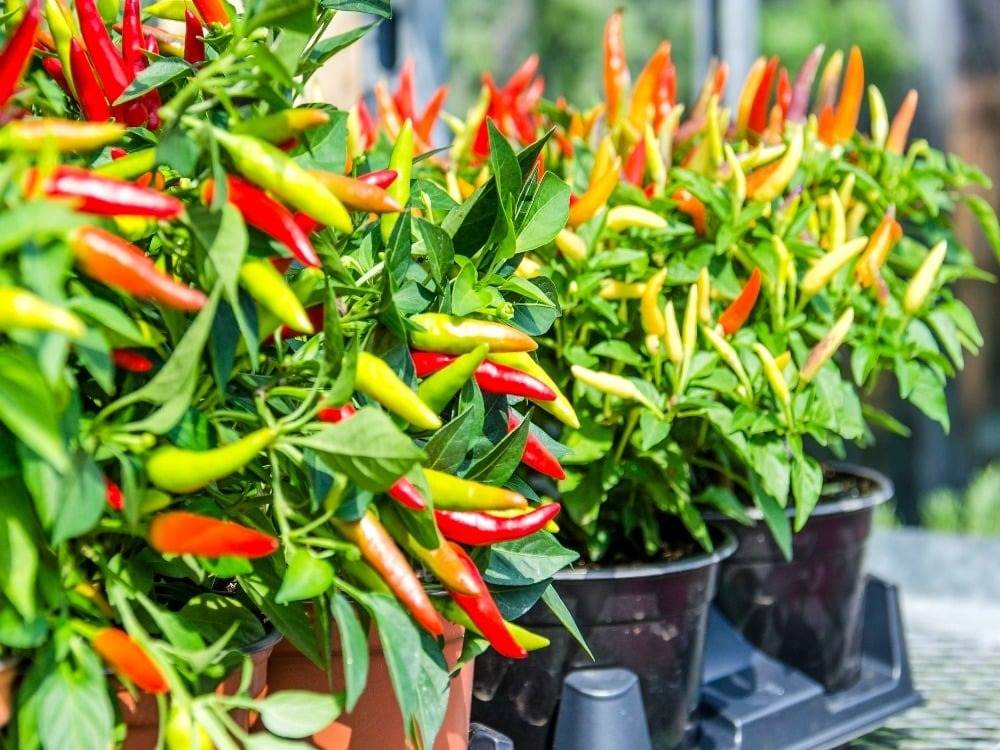
The next step is selecting the right pepper varieties for your mini garden. Consider compact and dwarf pepper plants as they are well-suited for container gardening, such as “Patio Snacker” or “Lunchbox Red”. Choose peppers that match your taste preferences and any space restrictions you might have. The fun part is that you can grow multiple varieties in different bottles to create a diverse pepper garden on your windowsill or balcony.
3. Planting Peppers
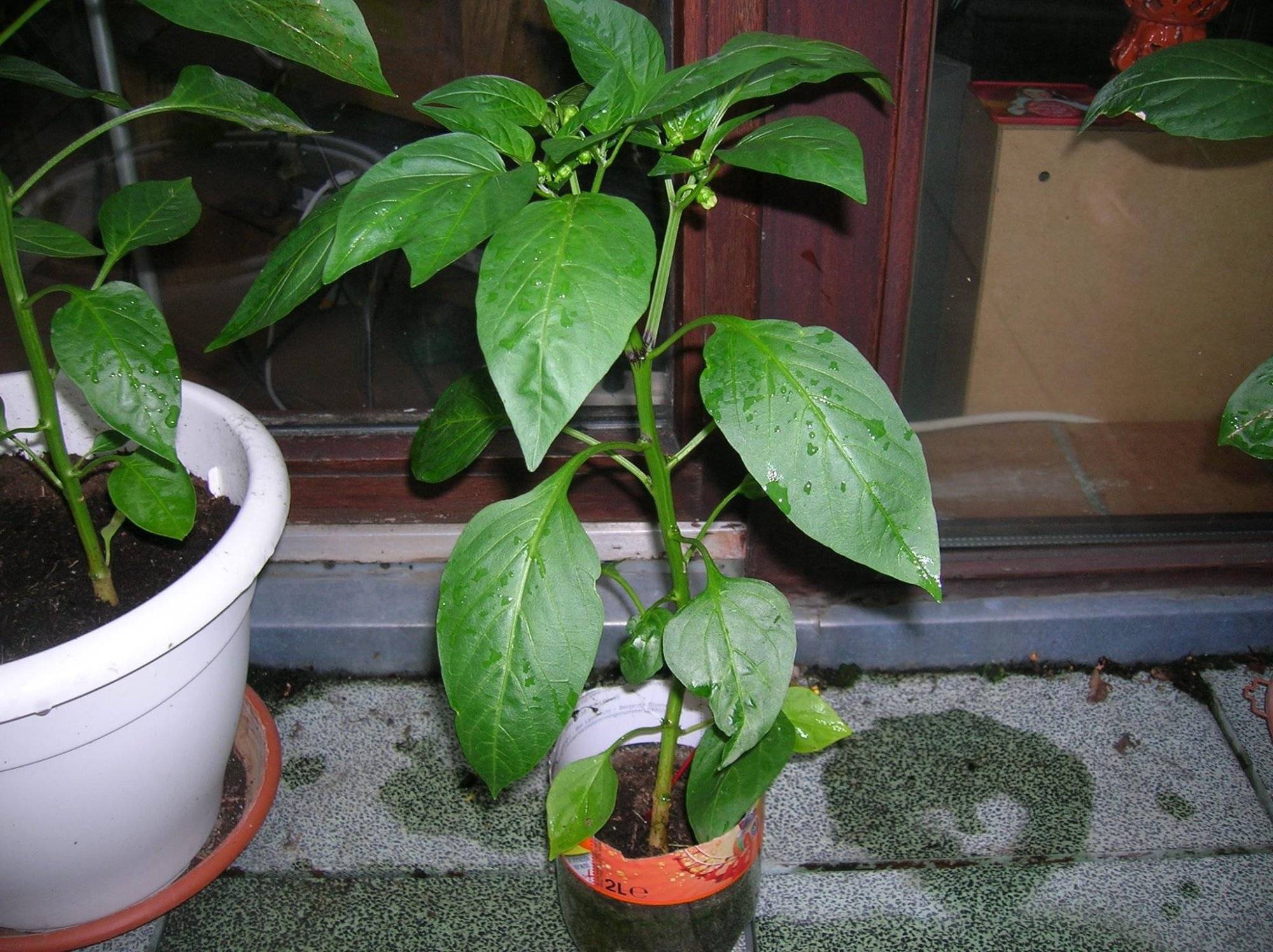
Start by filling your prepared plastic bottles with a good-quality potting mix. Make a small well in the soil, plant your pepper seedlings or seeds, and gently pat the soil around them. Ensure they are watered well after planting and positioned in a location with at least six hours of sunlight.
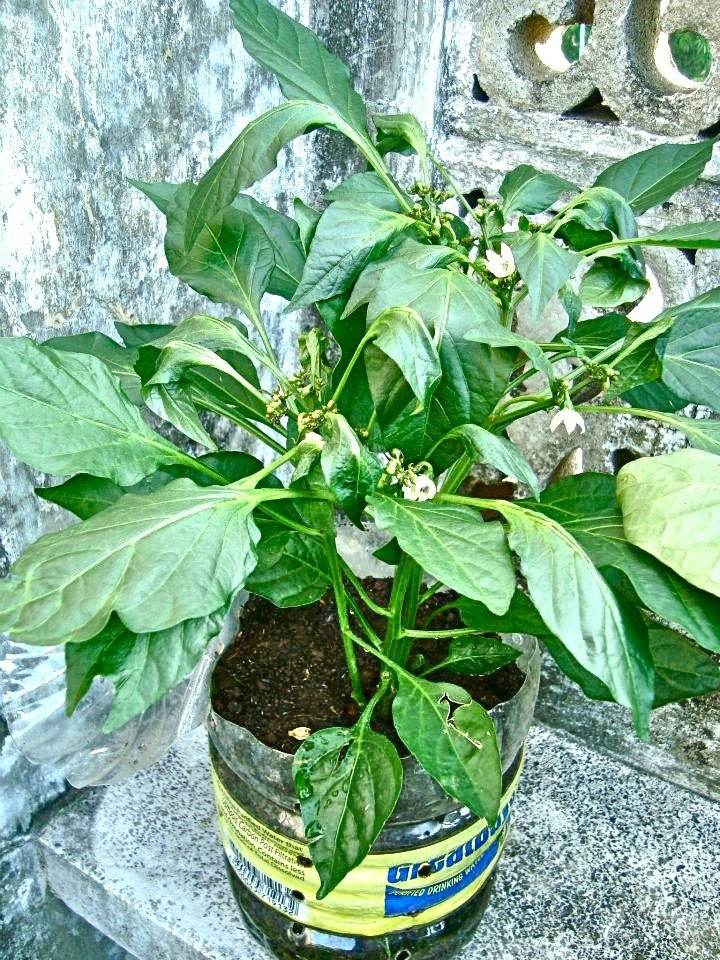
You can use a plastic bottle cap as a makeshift mini greenhouse by placing it over the seedling to create a warm, humid environment that encourages growth. Be sure to remove it once the seedlings have grown a few inches.
4. Taking Care Of Peppers

Proper care is essential for your pepper plants to thrive in their plastic bottle homes. Water consistently, keeping the soil moist and avoiding sogginess. You can also incorporate a balanced, water-soluble fertilizer into your watering routine to provide essential nutrients.
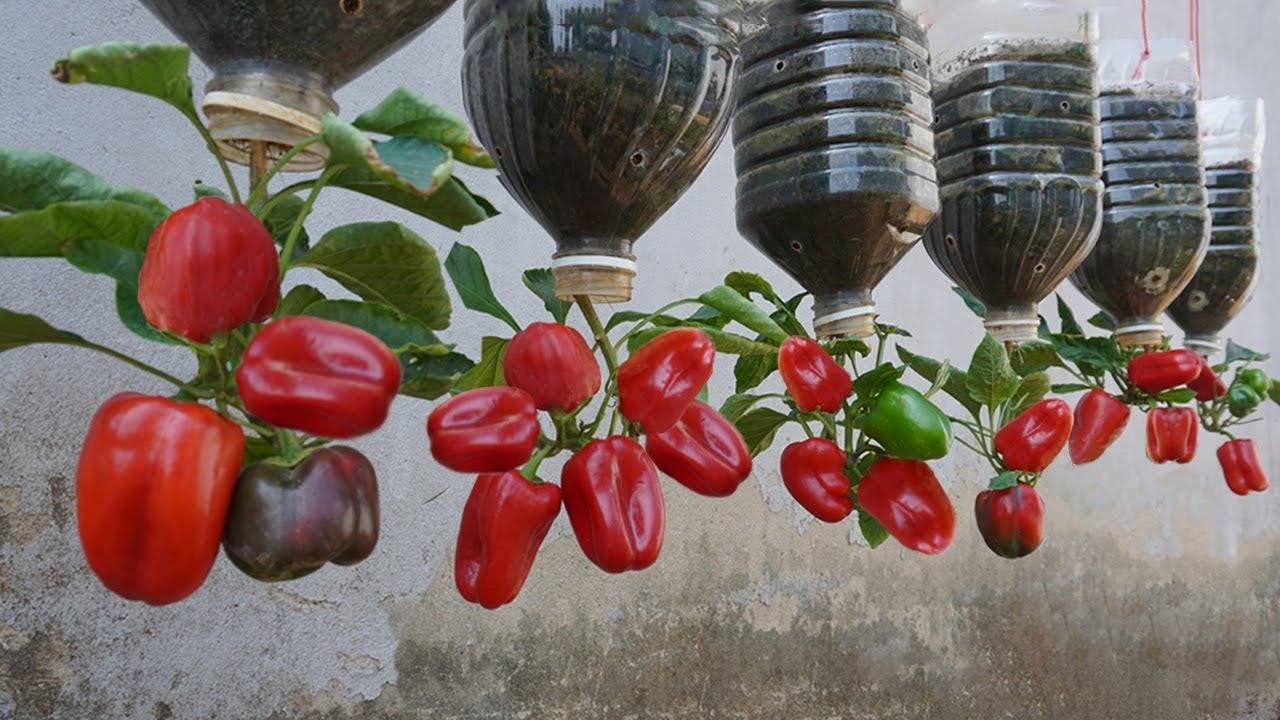
As your pepper plants grow, they may need some support from small stakes to prevent them from toppling over. Keep an eye out for pests like aphids or whiteflies, and address any infestations promptly. Prune your pepper plants regularly to encourage bushier growth and remove any yellowing or dead leaves.

It’s also essential to provide the peppers with ample sunlight and warmth. You can move the bottles to follow the sun if you’re growing them outdoors, ensuring they receive enough sunlight throughout the day.
5. Harvesting
Harvesting is the most exciting part. Peppers can be harvested when they reach their desired size and color. For most varieties, this is when they’ve turned their characteristic hue, whether it’s green, red, or any other shade.
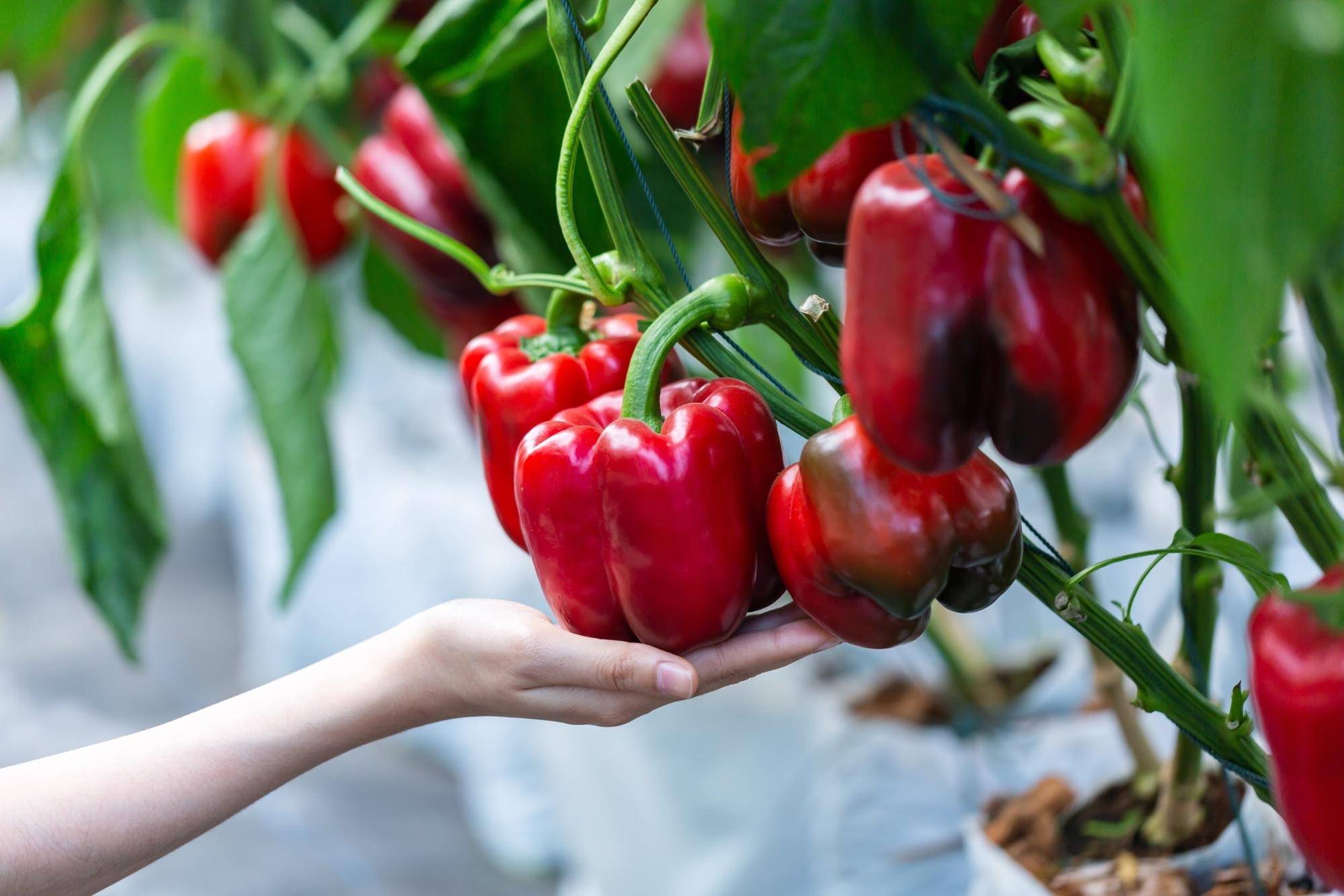
You should use clean, sharp scissors or shears to snip the peppers from the plant. Be gentle to avoid damaging the plant. Remember that regular harvesting encourages your pepper plant to produce more fruit, so enjoy the fruits of your labor in various culinary creations to add a delightful homegrown flavor to your dishes.
Gardening in plastic bottles not only reduces waste but also allows you to enjoy the pleasures of homegrown peppers, even if you have limited garden space. If you’re interested in more gardening tips without digging the soil, don’t forget to follow us for more articles.
